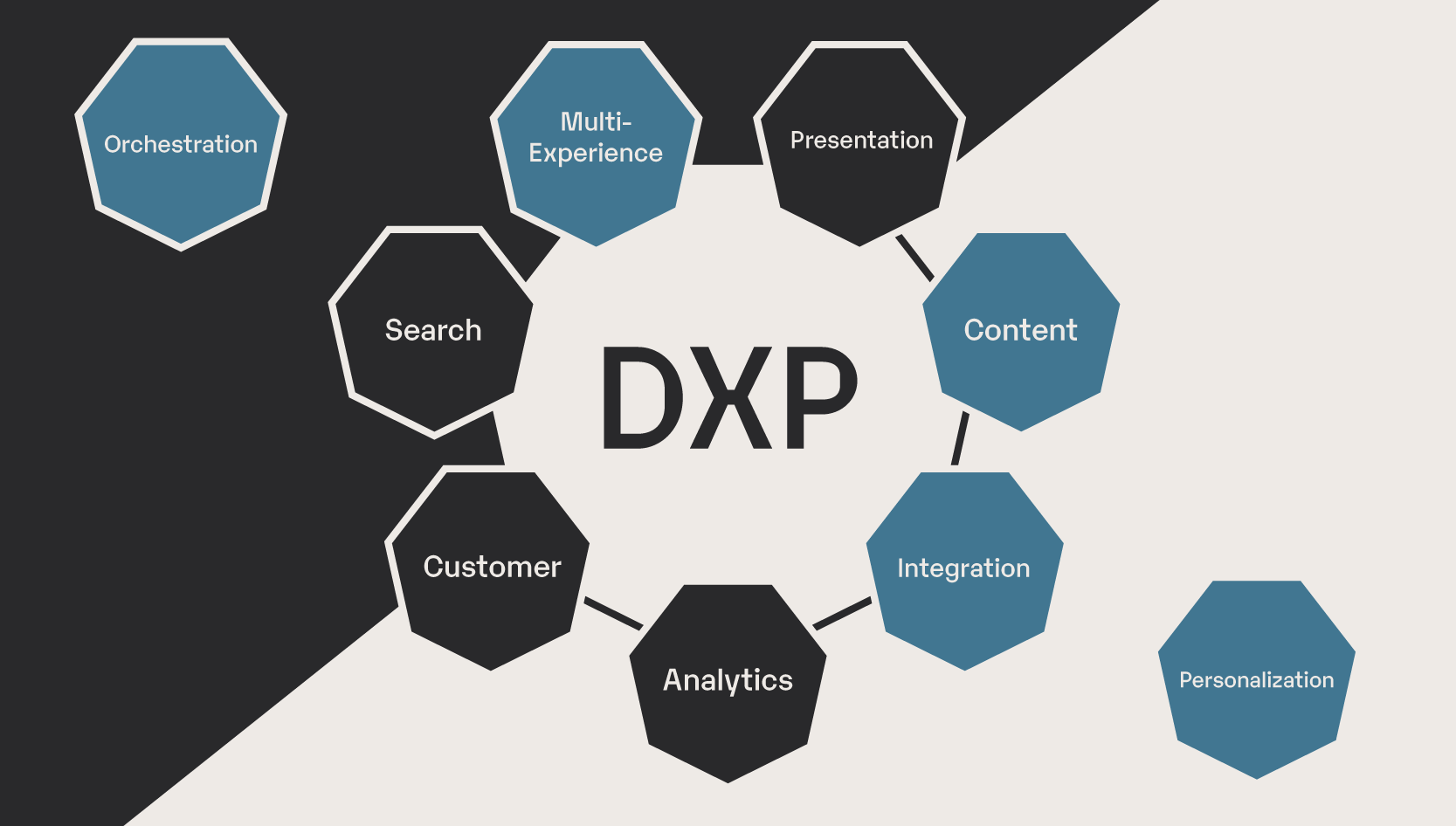Due to the fact that the digital world is always evolving, businesses are constantly under pressure to create experiences that are seamless and tailored across a wide variety of digital platforms. When individuals visit a website, launch an application, or connect with others on social media, they anticipate interactions that are adapted to meet their specific requirements. Businesses are utilizing Digital Experience Platforms (DXPs) that are Composable in order to satisfy these ever-increasing requirements. Their capacity to build one-of-a-kind experiences across all touchpoints is made possible by the flexibility and scalability provided by these platforms.
What Are Composable DXPs?
Unlike traditional monolithic platforms that bundle content management, analytics, and customer data into a single system, Composable DXPs are built on a modular, API-first architecture. This allows companies to assemble and integrate best-of-breed solutions that suit their specific needs. Each component—content, commerce, data, personalization, search—can be selected, replaced, or updated independently, creating a flexible and adaptable digital stack.
Personalization at Scale
One of the most compelling benefits of Composable DXPs is their ability to deliver personalization at scale. By unifying real-time customer data with powerful content management capabilities, organizations can dynamically personalize experiences across different channels and devices.
For example, a retail brand using a composable approach can segment users based on location, behavior, or purchase history, then serve each segment with tailored promotions or content. With real-time data streaming from customer data platforms (CDPs) and AI-driven analytics tools, businesses can fine-tune these experiences continuously.
Faster Time-to-Market and Greater Agility
Traditional digital platforms often slow down innovation due to rigid structures and long development cycles. Composable DXPs eliminate these constraints. Because each module is independently deployed and maintained, teams can quickly implement new technologies or optimize existing ones without overhauling the entire system.
This modularity is especially useful for global enterprises managing diverse markets. Individual teams can localize experiences for specific regions or customer profiles while still working within the same overarching framework. The result? Faster launches, more targeted campaigns, and greater responsiveness to market shifts.
Integration of Content and Customer Data
Another key advantage of Composable DXPs lies in their ability to unify content and customer data. This integration ensures that content isn’t just produced efficiently—it’s also contextually relevant. Whether it’s a blog post, product recommendation, or in-app message, the content is informed by real-time user insights.
Due to the fact that these platforms are API-first, they are able to integrate without much difficulty with pre-existing customer relationship management (CRM) systems, marketing automation tools, and analytics platforms. Because of this, a single perspective of the customer journey is created, which makes it simpler for marketers and developers to collaborate on the creation of digital experiences that flow smoothly.
Future-Proofing the Digital Ecosystem
The digital ecosystem is constantly changing—new channels emerge, customer expectations evolve, and technologies advance. Composable DXPs offer a future-proof solution by enabling businesses to adopt innovations without disruption. Instead of being locked into a single vendor or rigid architecture, organizations can swap out or upgrade individual components as needs evolve.
This adaptability is crucial for staying competitive. Companies that can’t pivot quickly risk falling behind as customer loyalty shifts toward brands that offer consistent, personalized, and intuitive interactions.
Conclusion
Composable business experience platforms are revolutionizing the way in which companies approach digital encounters. Through the provision of a framework that is modular, scalable, and interconnected, they enable enterprises to provide highly individualized client journeys without compromising on speed or flexibility. When it comes to digital success, adopting a composable approach is not only a wise choice; it is becoming a requirement as the demands of customers continue to climb.












